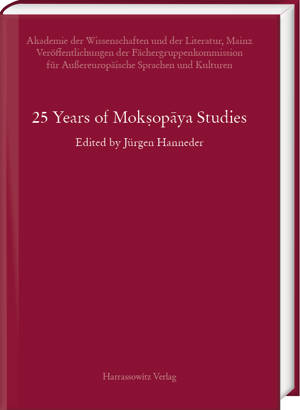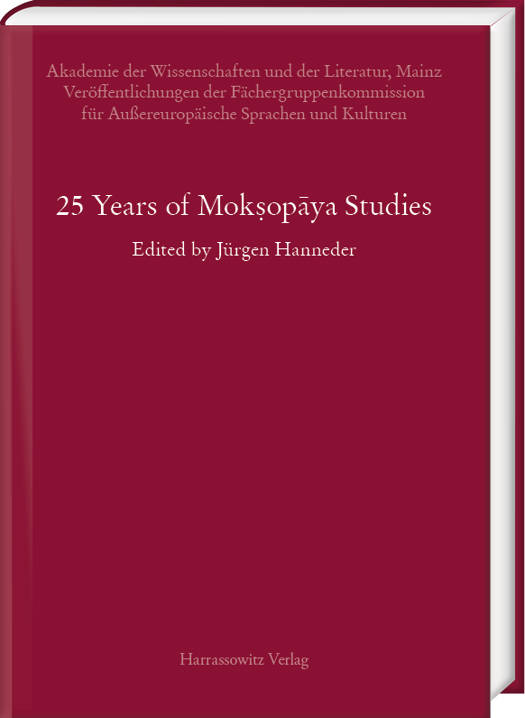
- Afhalen na 1 uur in een winkel met voorraad
- Gratis thuislevering in België vanaf € 30
- Ruim aanbod met 7 miljoen producten
- Afhalen na 1 uur in een winkel met voorraad
- Gratis thuislevering in België vanaf € 30
- Ruim aanbod met 7 miljoen producten
25 Years of Moksopaya Studies
€ 123,95
+ 247 punten
Omschrijving
A quarter of a century has passed since Walter Slaje demonstrated the importance of the Kashmirian recension of the text that was printed and popularly known under the name Yogavasistha. As it turned out the text originally bore the title Moksopaya, but became known to the rest of the Indian subcontinent in an abridged version simply called Vasistha. In Kashmir, the original, written in the 10th century, remained the standard version, but was ignored. The project of editing the Moksopaya has now been completed - the final volume will be published shortly - and in this context a small symposium was held in Marburg to mark this date. Some of the lectures given there are reproduced in this publication: Walter Slaje deals with the term "Yoga" in Yogavasistha, Roland Steiner analyses the story of Prahlada, and Jurgen Hanneder writes on liberation, the story of the meditating monk and the summaries of the text. In Eric Steinschneider's analysis of the Tamil transformation of the Vasistha, the reader can also catch a glimpse of what has become possible through the Moksopaya project when specialists of further disciplines follow the text into new languages and contexts.
Specificaties
Betrokkenen
- Uitgeverij:
Inhoud
- Aantal bladzijden:
- 208
- Taal:
- Engels
- Reeks:
- Reeksnummer:
- nr. 10
Eigenschappen
- Productcode (EAN):
- 9783447123518
- Verschijningsdatum:
- 20/08/2025
- Uitvoering:
- Hardcover
- Formaat:
- Genaaid
- Afmetingen:
- 150 mm x 18 mm
- Gewicht:
- 521 g

Alleen bij Standaard Boekhandel
+ 247 punten op je klantenkaart van Standaard Boekhandel
Beoordelingen
We publiceren alleen reviews die voldoen aan de voorwaarden voor reviews. Bekijk onze voorwaarden voor reviews.









